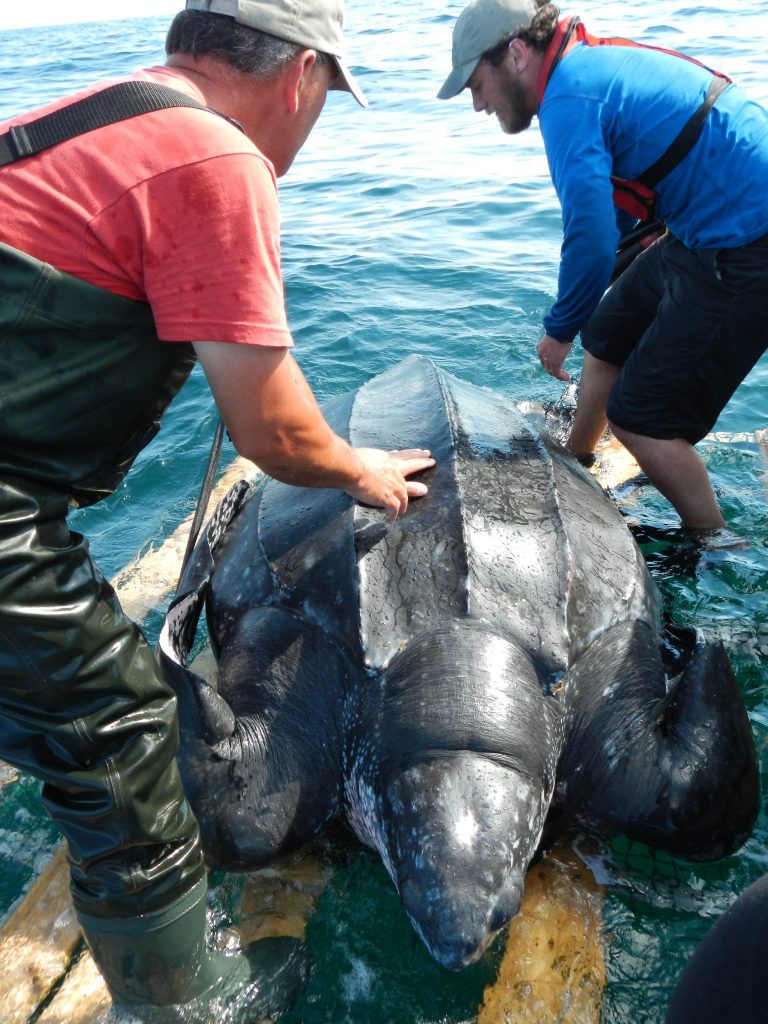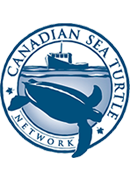Most research on leatherback sea turtles in the Atlantic Ocean takes place in South and Central America, where scientists can find adult female turtles nesting on tropical beaches. Here in Atlantic Canada, our circumstances are different. Leatherbacks do not come onto land in Canada, so we can’t expect to find turtles on the beach. The Canadian Sea Turtle Network conducts all of our research at sea. We bring marine biologists and fishermen together, making it possible for these groups to study leatherbacks collaboratively. Fishermen know things about the sea that you won’t learn from reading a text book. With help and insights from our friends in the fisheries, the biologists who work with us can go out and find the turtles which we study. During the summer months, we work along the South Shore of Nova Scotia and in Cape Breton. Since our founding in 1998, we have been responsible for groundbreaking contributions to leatherback science.

Some of our key findings:
– Using satellite tracking, we identified Atlantic Canada as critical habitat in the leatherback turtle’s migration.
– Doing at-sea research allowed us to gather data on male and sub-adult leatherbacks for the first time.
– Flipper tagging, PIT tagging, satellite telemetry, and DNA analysis allowed us to identify the nesting regions from which our leatherbacks originate (~60% from Trinidad; French Guiana and Costa Rica are other major sources)
– Morphometrics and turtle-borne camera work identified the importance of Atlantic Canada’s jellyfish as a food source for leatherback.
– We learned that leatherbacks are 33% heavier in Atlantic Canada compared to the nesting beach
– We discovered that leatherbacks can eat their body weight in jellyfish each day!
